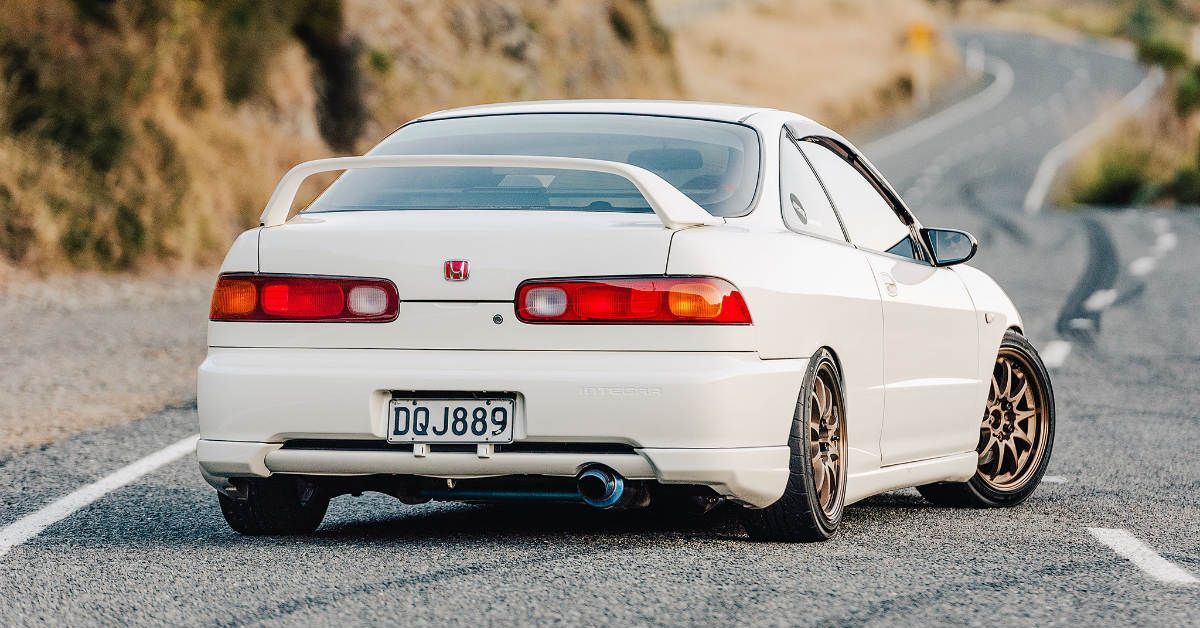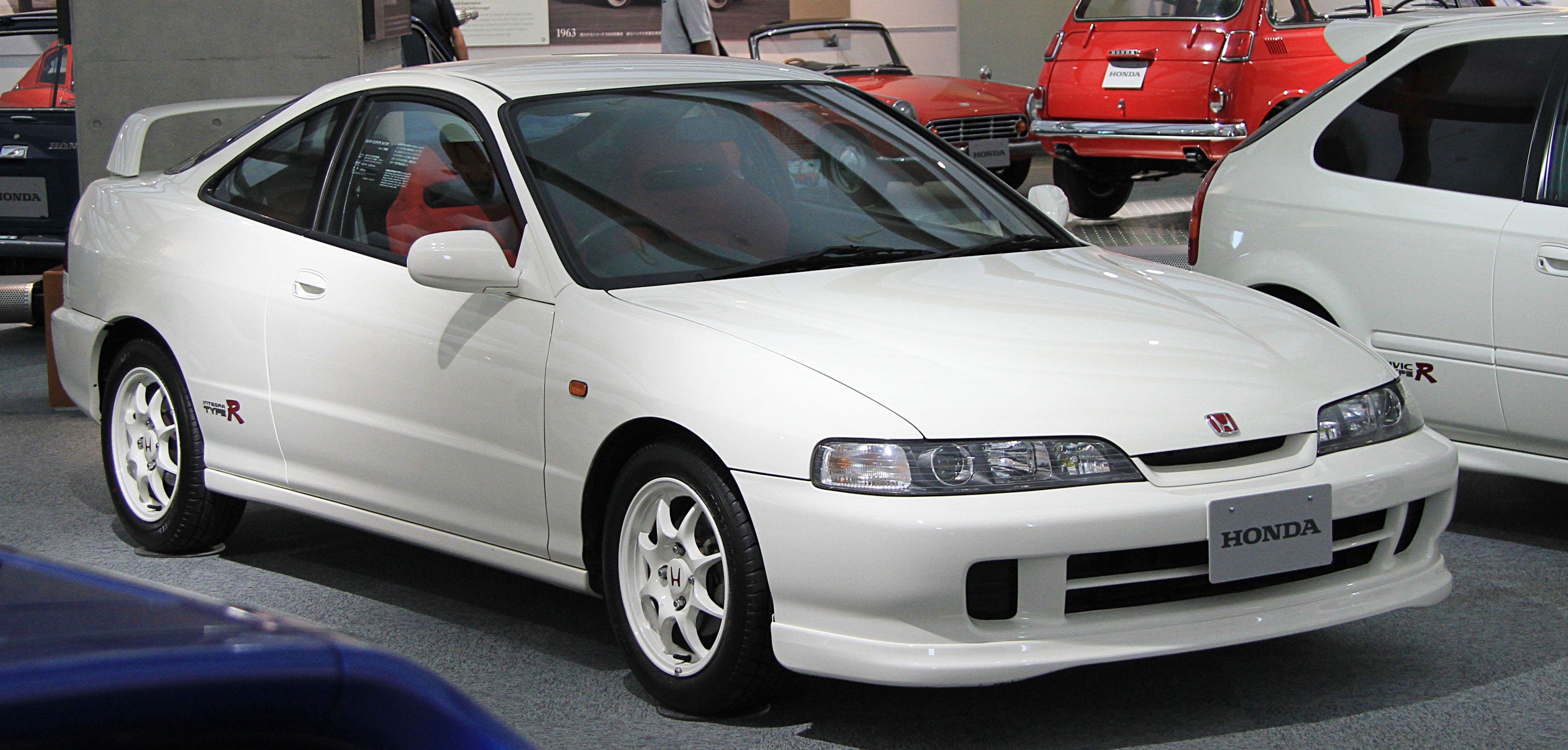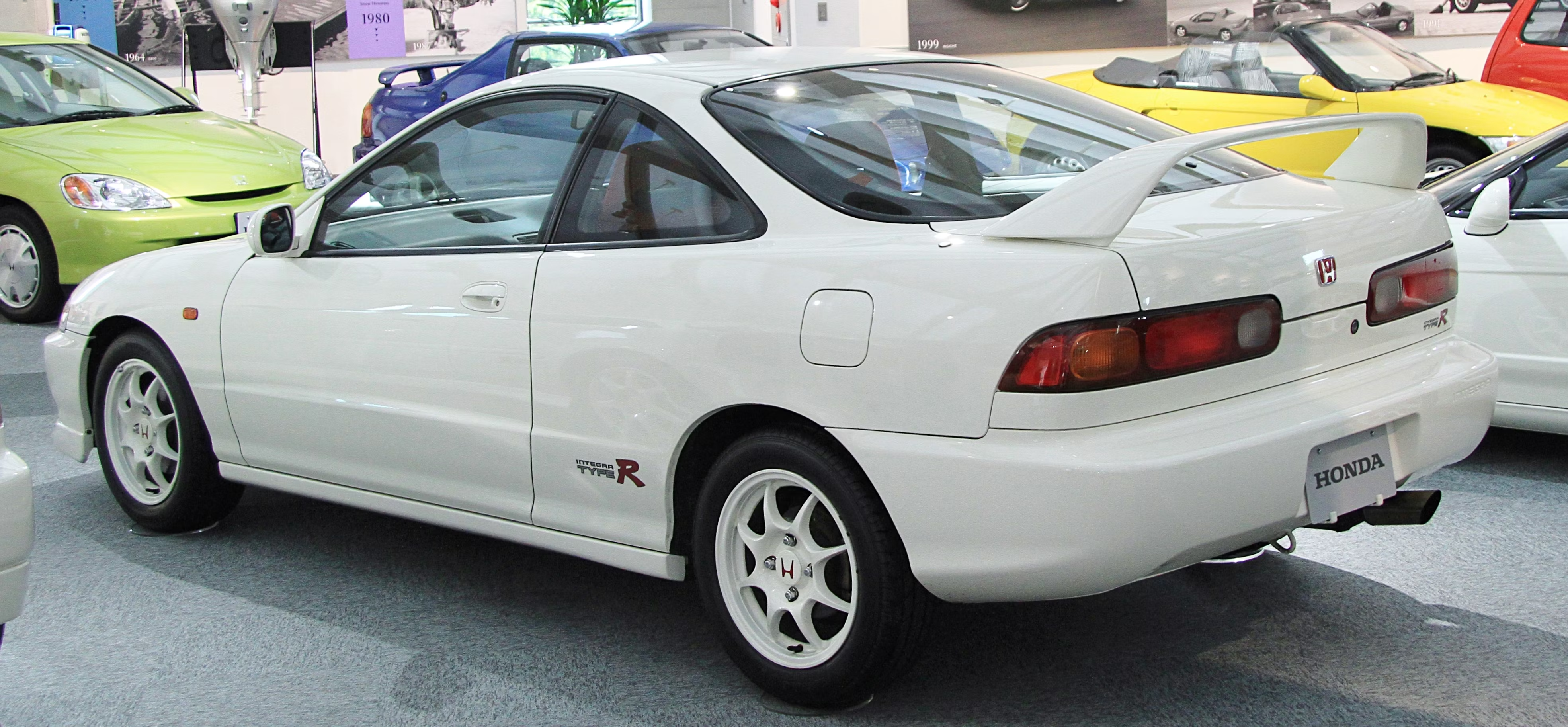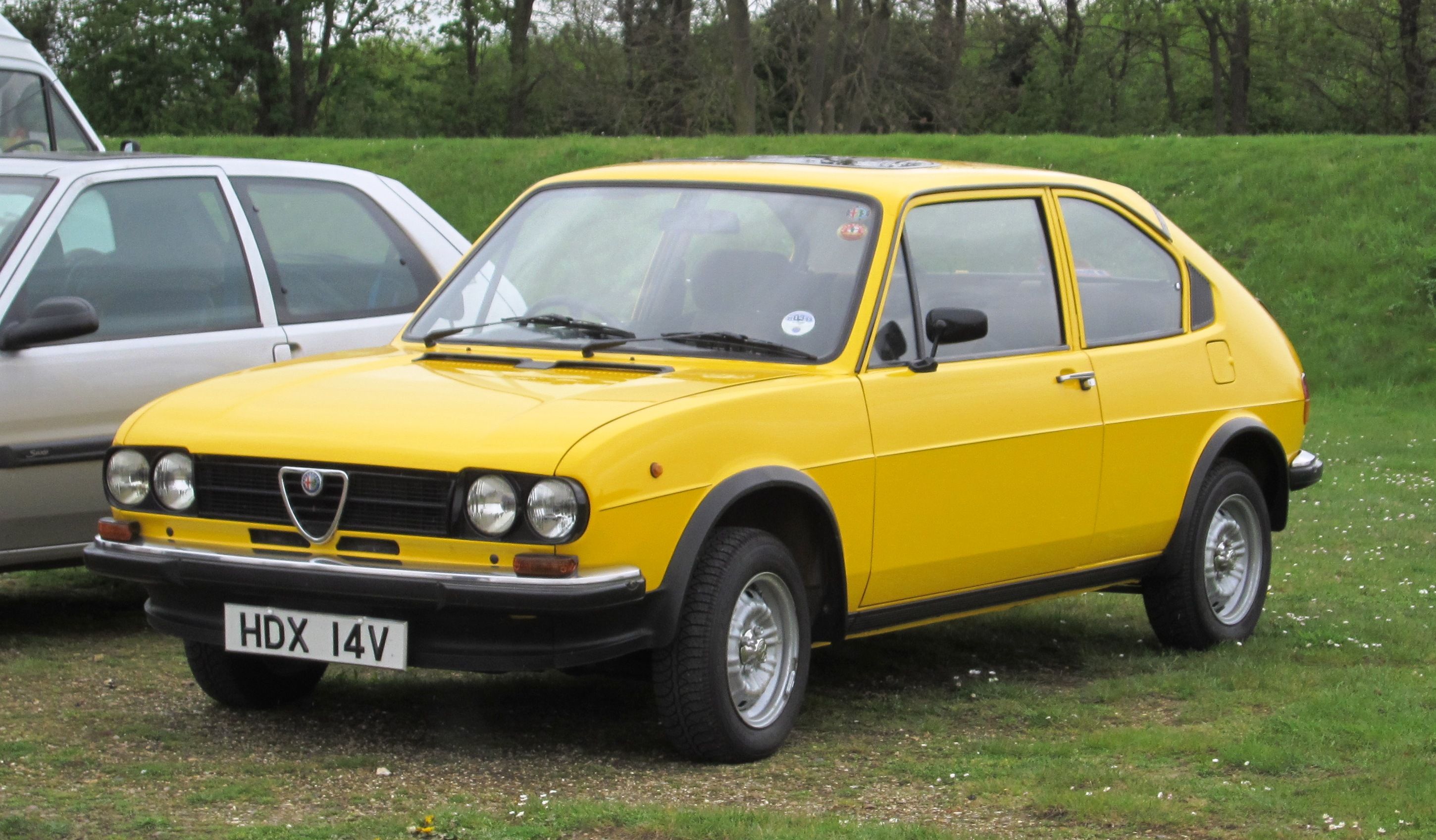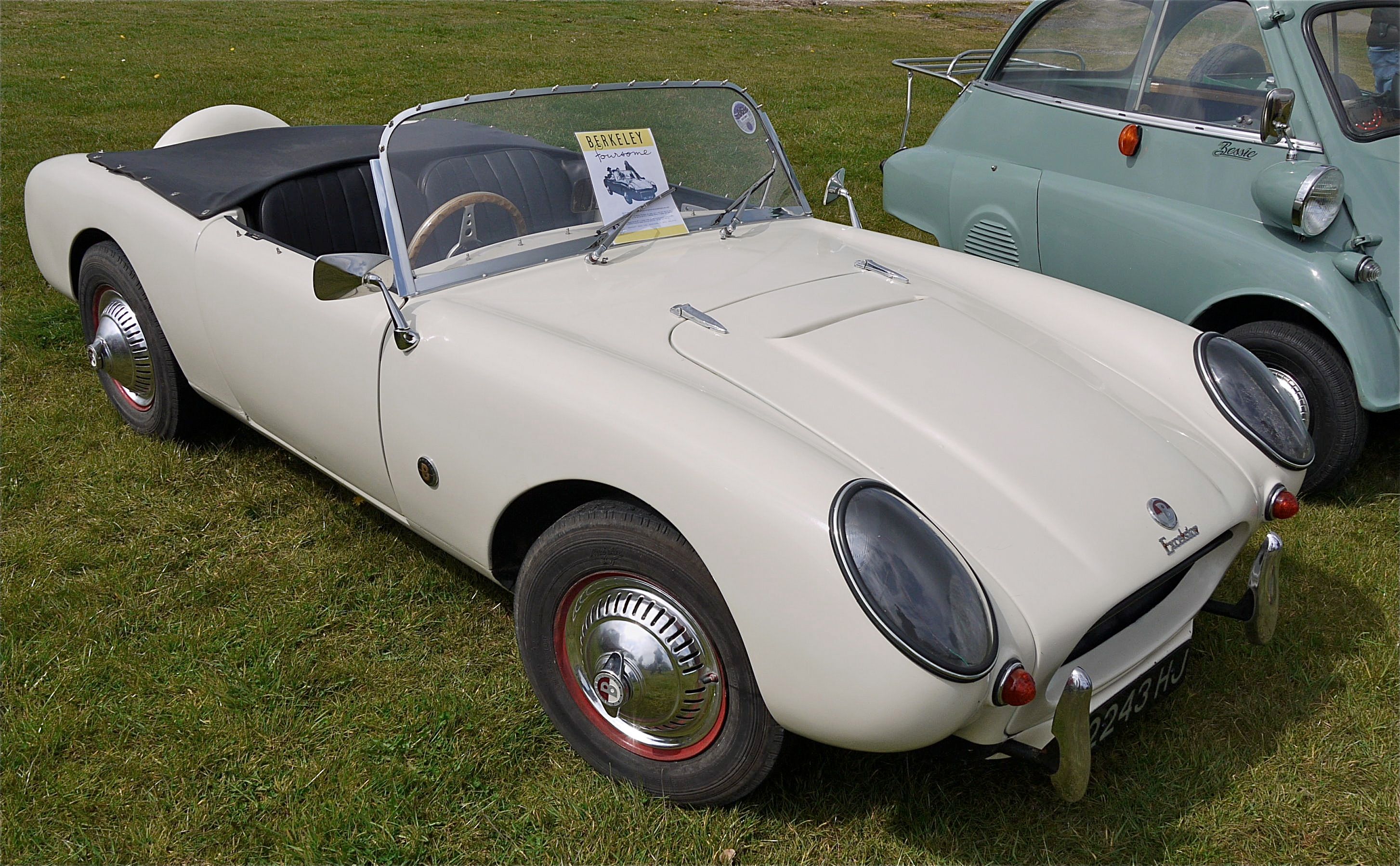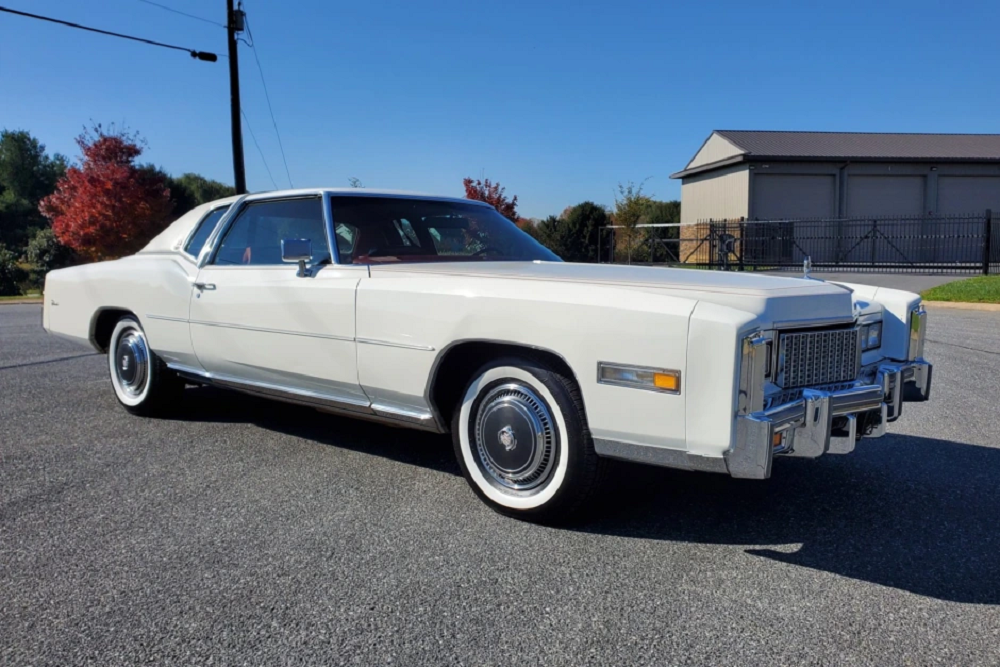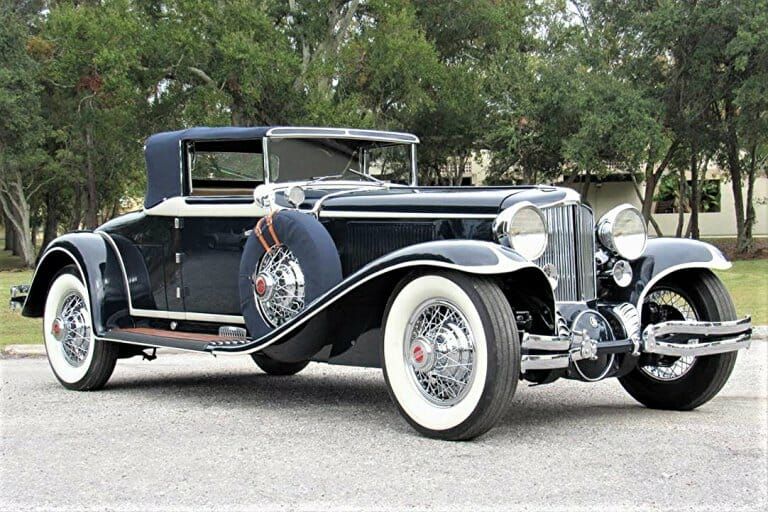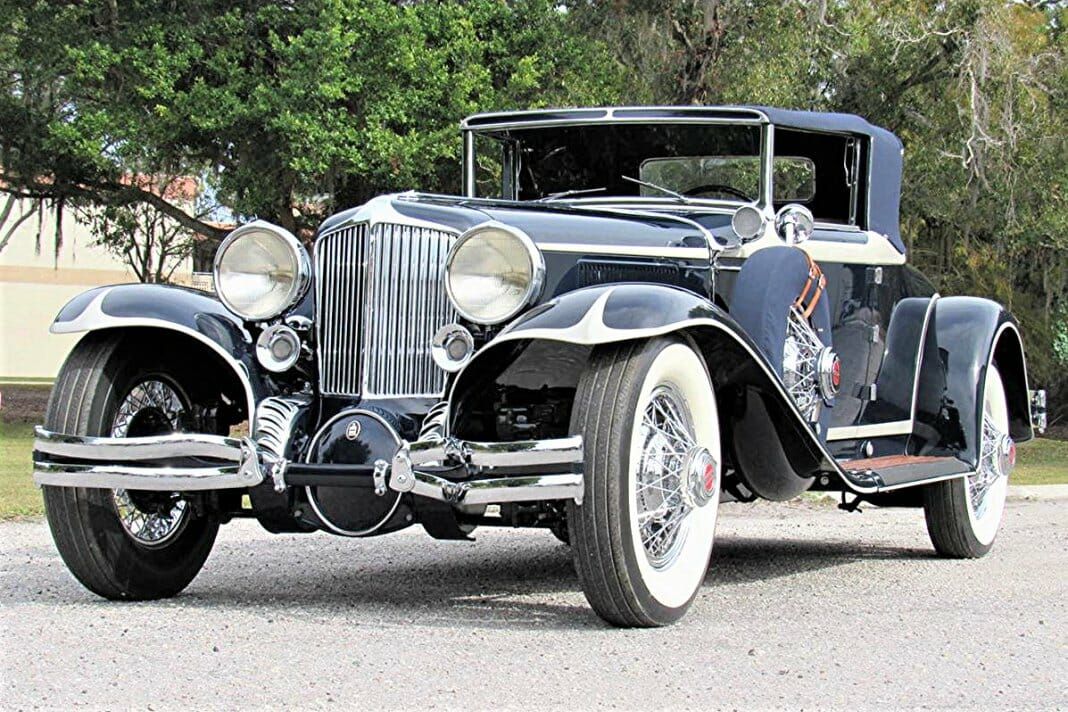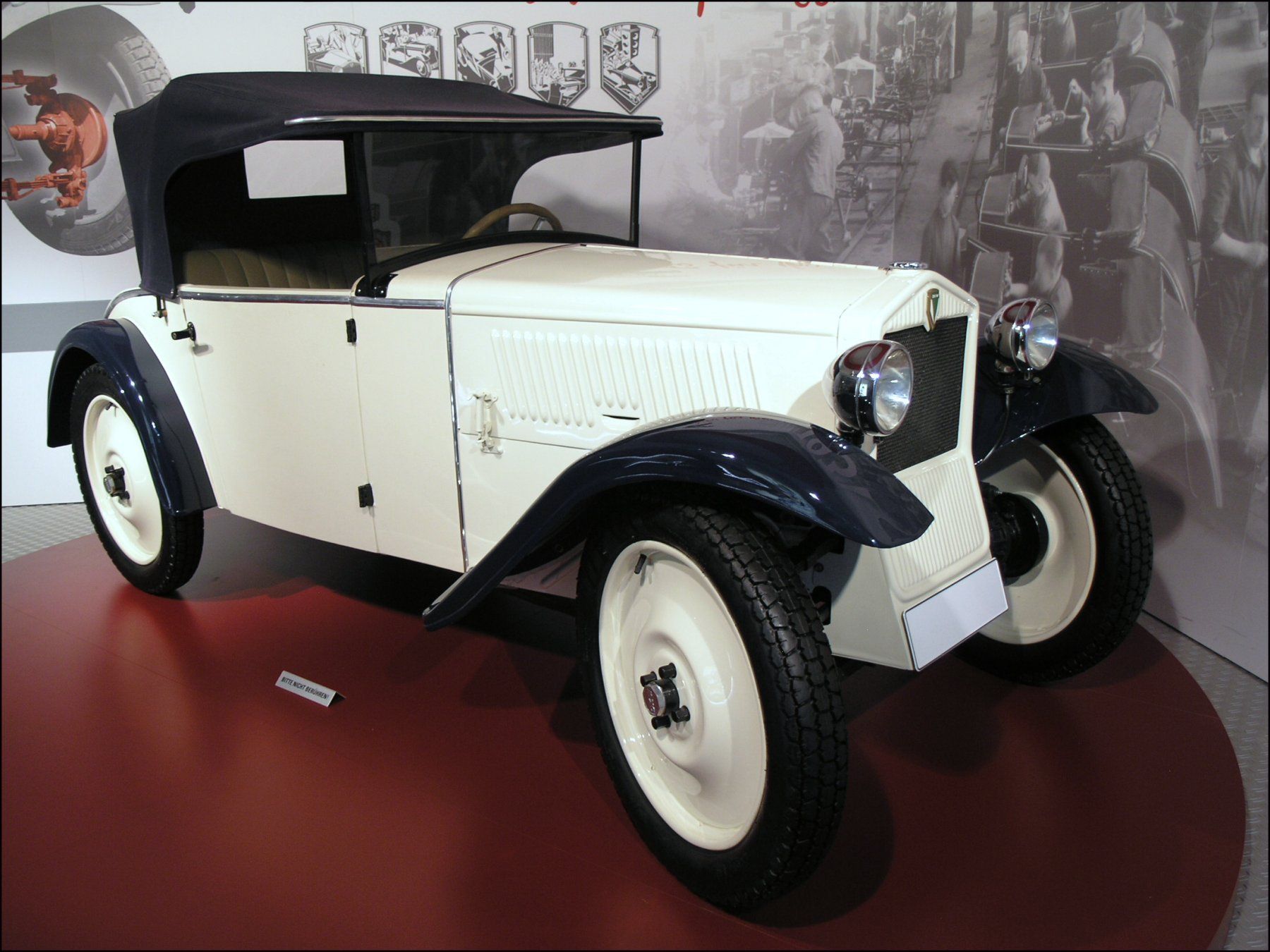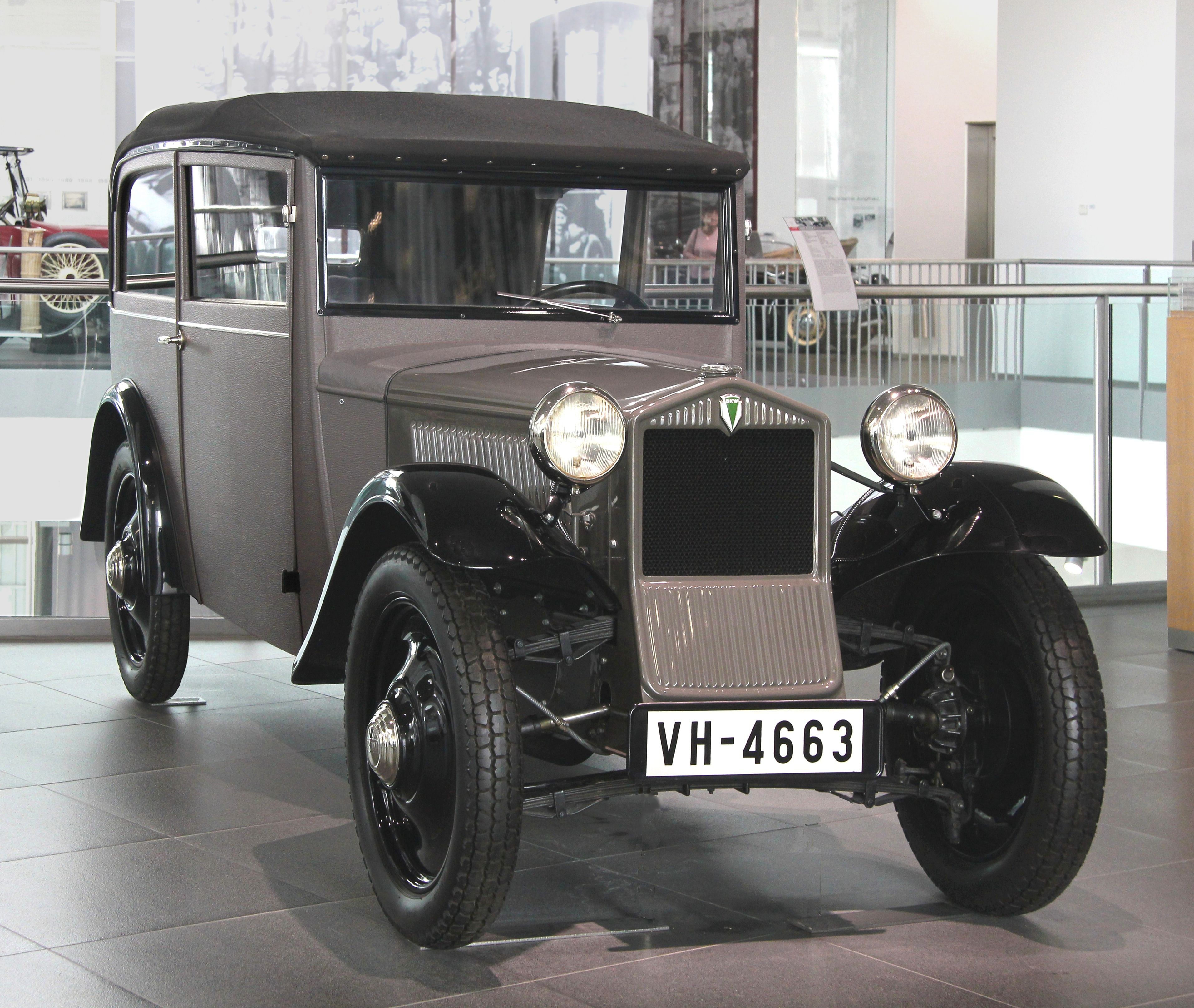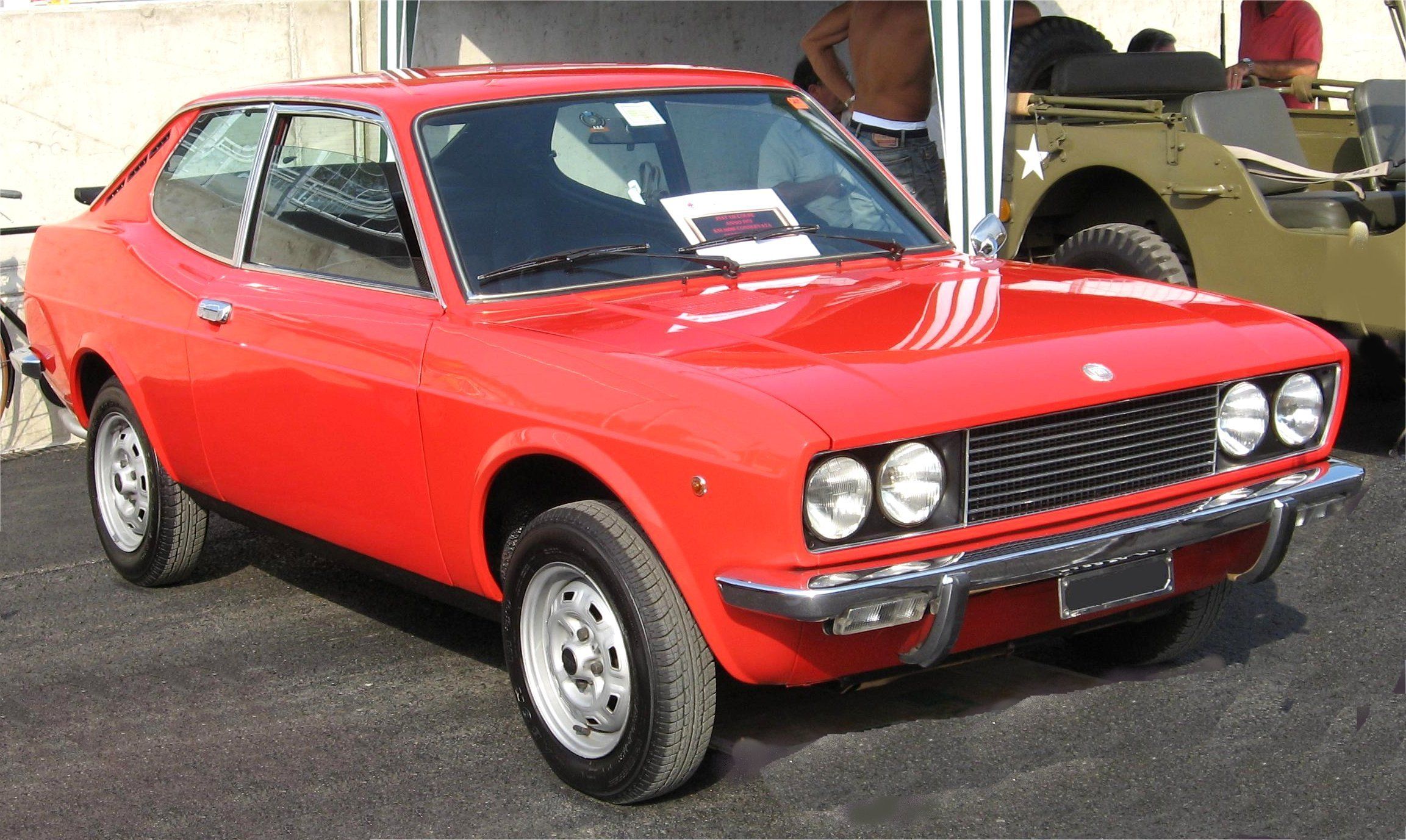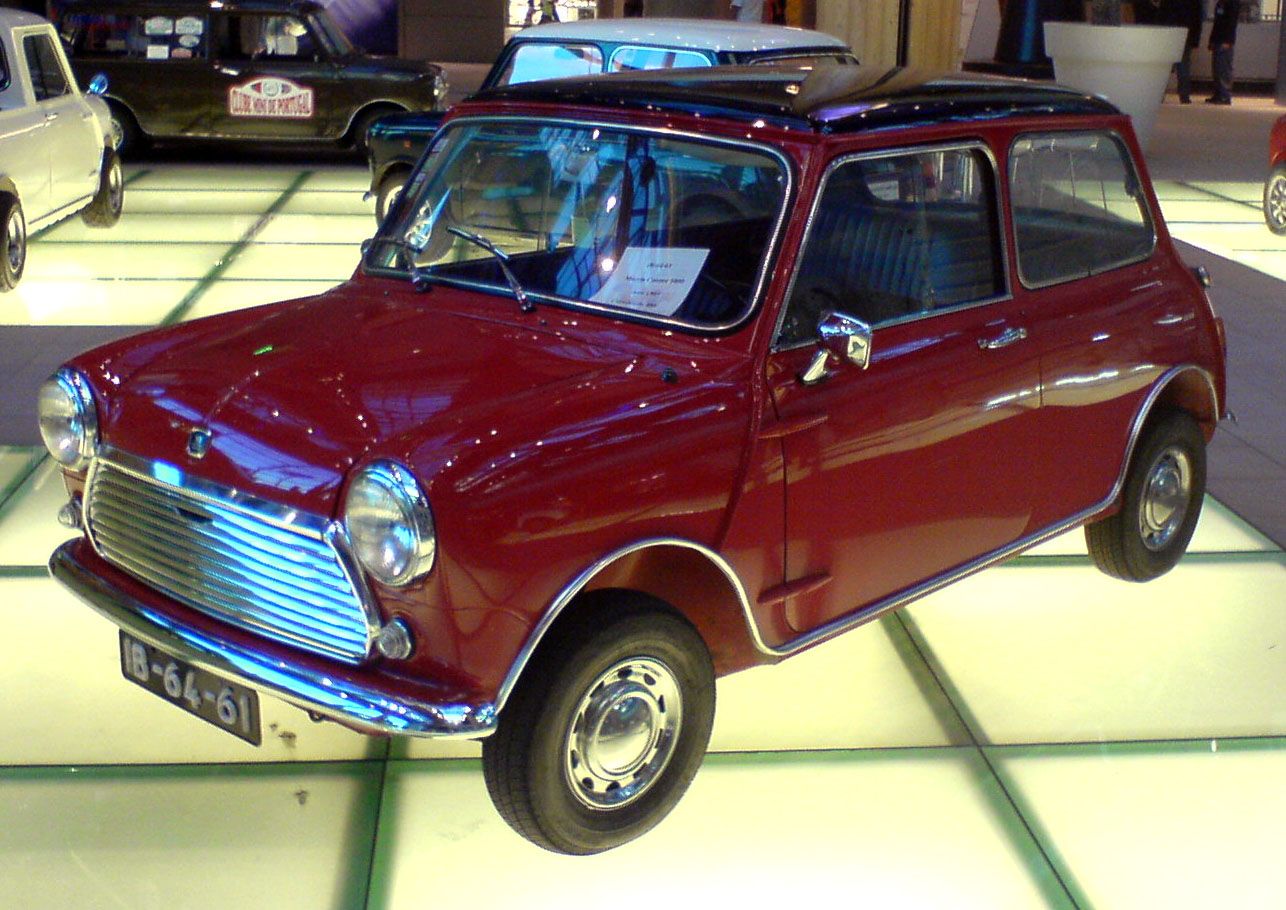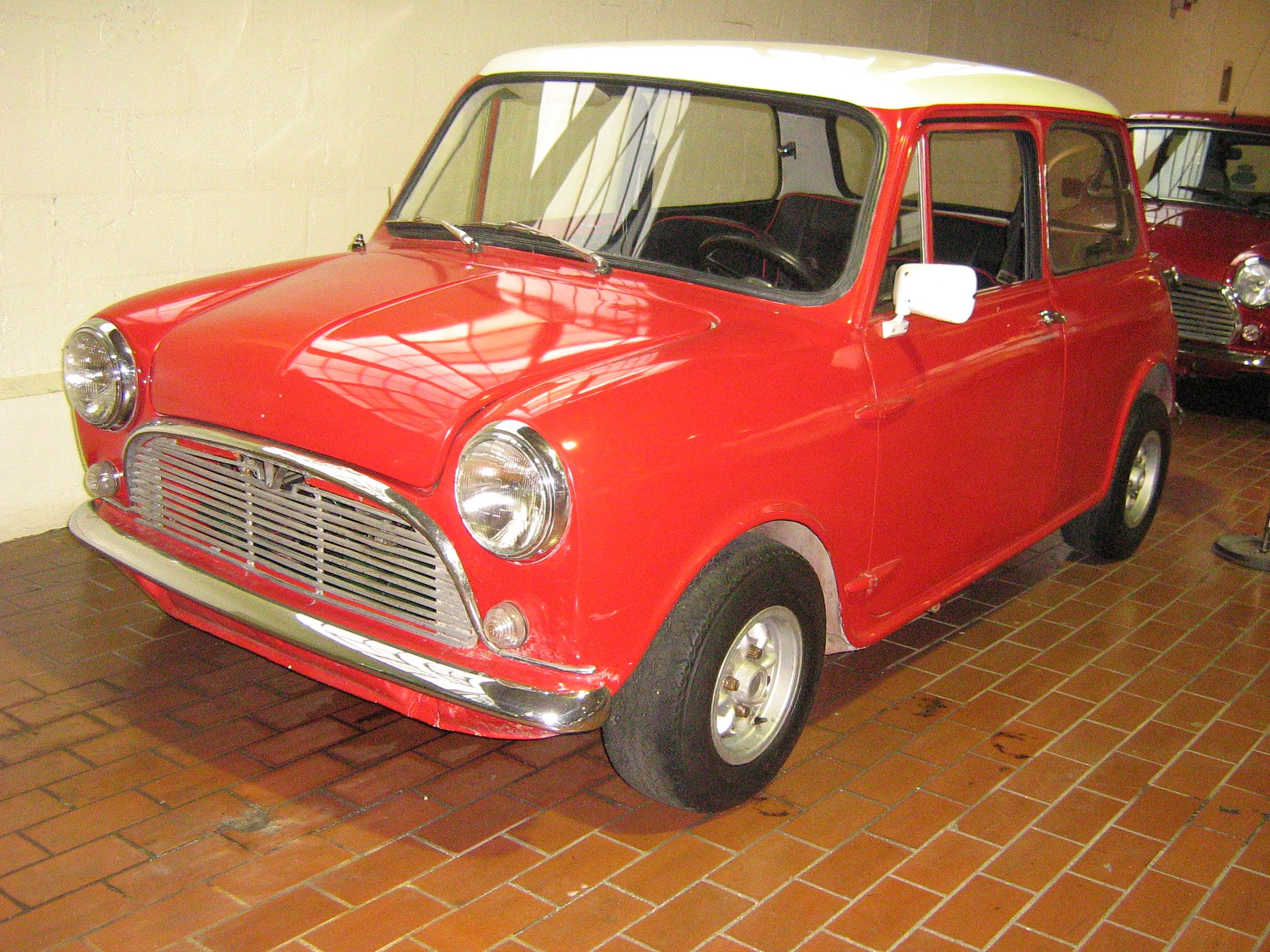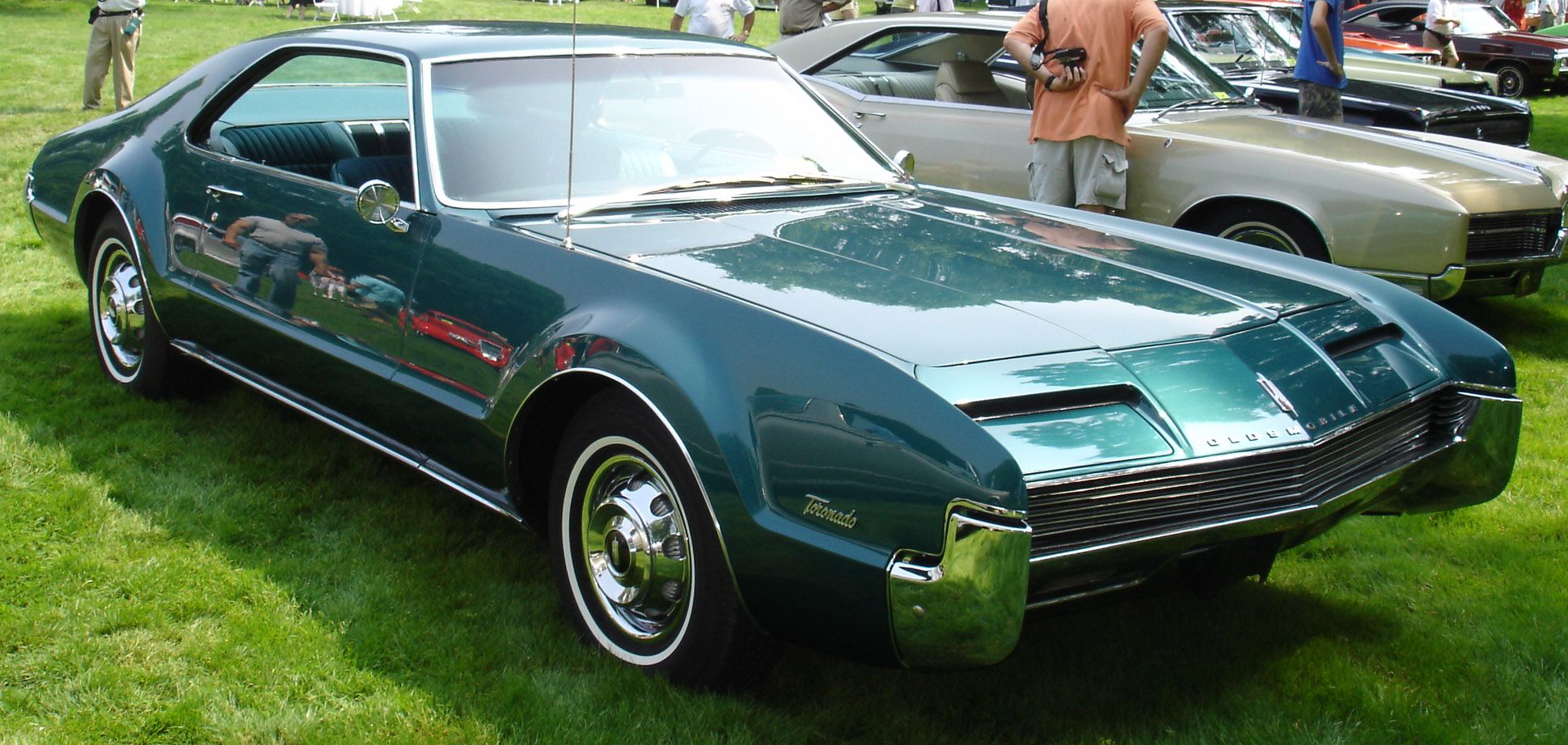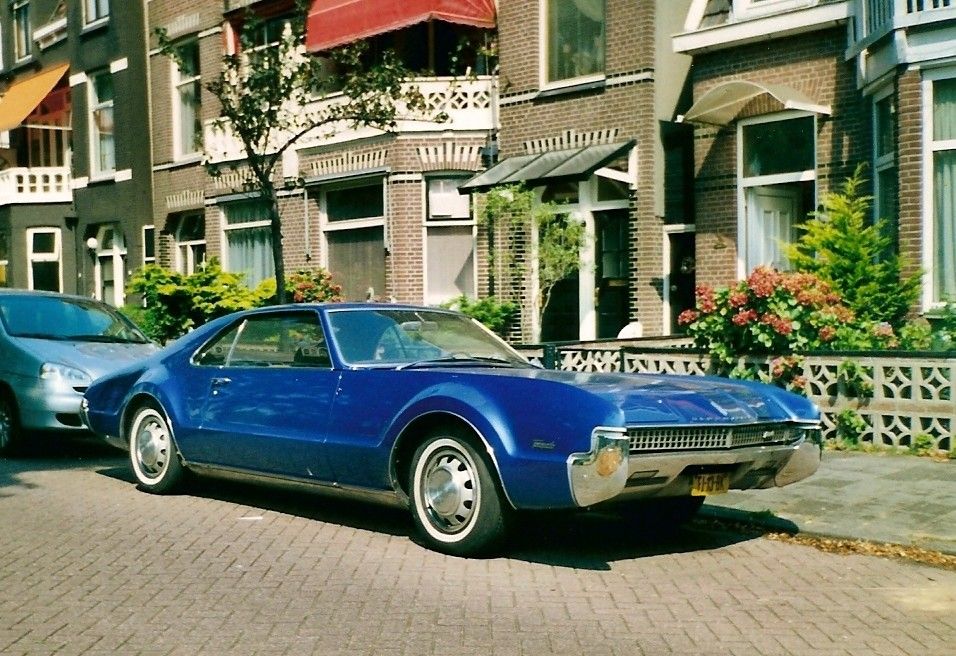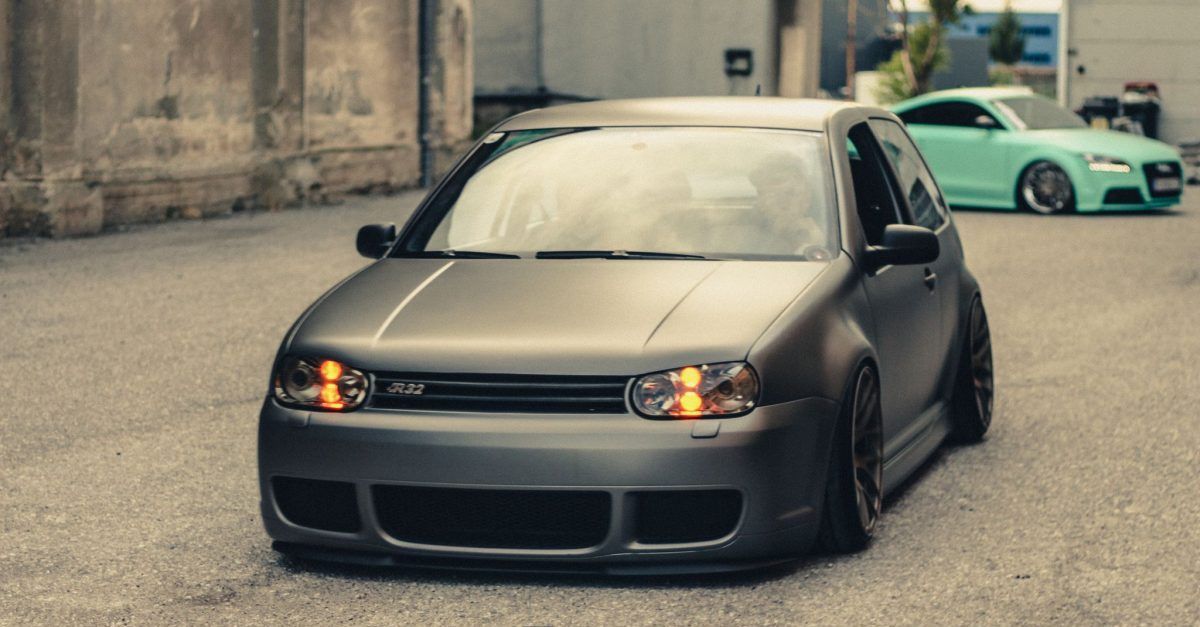Long before motor vehicles came to be, road cars were pulled rather than pushed – the horse was always going before the car. When automobiles finally arrived, the plan was to let the rear wheels do the pushing while the front handles the turning. But there was one dramatic exception, the front-wheel-drive cars that became quite popular, eventually dominating most segments of vehicles.The FWD layout had a wild drive in the 20th century. Many of the best sports cars of the 2000s were front-wheel drives. And in this piece, we’re taking a quick look at some of the best, most memorable, essential, or just outright interesting FWD classic cars of up to the year 2000.
12 Honda Integra Type R
The Integra Type R is one of the most popular sports cars of the 1990s – renowned auto magazines declared it the best and most practical front-wheel-drive car of all time. Honda built this car on a solid chassis, beautiful design, double-wishbone suspension, and a next-level 1.8-liter VTEC engine. In the effort to create a super likable car, Honda employed a lot of racing knowledge.
The 1.8-liter DOHC VTEC engine was an engineering wonder. It was largely hand-built and applied a lot of racing components, including forged aluminum pistons, lightweight connecting rods, and stiffer crankshaft, among other features.
11 Alfa Romeo Alfasud
Alfa Romeo started thinking of a front-wheel-drive car in the 1950s, but their first model with that layout arrived in 1971. The vehicle was named Alfasud because it was manufactured in South Italy – Alfa Romeo wanted to generate sales in that region.
Powered by a potent flat-four engine, the Alfasud had a low center of gravity that significantly contributed to its exemplary handling, making it one of the best cars of the 1970s. With the Alfasud, Alfa Romeo followed in the footsteps of Jowett’s and cleared the way for future sports car brands like the Subaru.
10 Berkeley Sports
Almost every model built by Berkeley Cars between 1956 and 1960 was a front-wheel drive with a small two- or three-cylinder engine. The layout was outstanding with British sports cars, whose bodies were built from glass fiber. It was an unimaginable combination, but it worked out perfectly well.
Although the tiny engines produced modest power and torque, being lightweight meant that the Berkeley Sports’ performance was excellent at the time. Not many cars had excessive-performance stats, so light sports cars had a special place on the list of the best.
9 Cadillac Eldorado
Although they looked similar in more than one way, the only feature shared by the Berkeley Sports and Cadillac Eldorado was the front-wheel-drive layout. And before the car came with the FWD in 1967, Cadillac had already produced seven generations of the Eldorado.
Oldsmobile had used the front-wheel-drive a year before with the Toronado. But it didn’t have any engine with a capacity of more than 7.5 liters. That was enough to get the car moving around, but Cadillac went a step further – the largest V8 engine used on a front-wheel-drive Eldorado model was a robust 8.2 liters.
8 Citroën 2CV
Citroën was already acquainted with front-wheel drive long before the 2CV was developed in the 1930s. The car’s official launch was delayed because of the Second World War until 1948. Thanks to its excellent components, the 2CV quickly became the most popular and possibly the most adored Citroën cars of all time.
Following the crazy love the 2CV received from the auto community, Citroën had to keep the car in production until 1990. All Citroën 2CVs were front-wheel drive, except the Sahara.
7 Cord L-29
The Cord L-29 is widely known as the first production car to come with what the brand’s founder termed as “pronounced exclusive advantages” of FWD. It featured a gearbox similar to the Miller 122 race car, which wasn’t surprising because the L-29 was designed by Cornelius van Ranst, a famous Miller man.
Although the Cord L-29 quickly developed a reputation for excellent handling, it also had its fair share of problems. Its steering was low geared, and the 125-horsepower 5.0-liter Lycoming engine was barely potent enough to push the two-ton car around. And despite these, the L-29 was an excellent car.
6 DKW F1
The DKW brand started making cars in 1928 after enjoying massive success as a motorcycle manufacturer. The brand’s first model, the Type P, came with rear-wheel drive. However, the company soon ditched the layout, adopted the front-wheel-drive in 1931, and used it until the late 1960s. The 1931 model was the DKW F1. And like all other cars from the brand, the F1 was equipped with a two-stroke engine.
The F1 remained a reliable FWD car until the arrival of the four-stroke engine. These came with an awful reputation that led to its owner ditching the brand and remarketing it as Audi. The four-stroke-powered DKW F1 models were associated with noise and blue smoke.
5 Fiat 128
The first front-wheel-drive Fiat car came with a feature that has become standard throughout the automotive industry. The 128 came with a gearbox mounted beside the engine rather than above it. The latter was familiar with many FWD cars like the Mini and other BMC models.
Although Fiat had quietly tried this in the past with the Autobianchi Primula, it was the 128 that got the attention of other automakers and convinced them to adopt the system.
4 Lotus Elan
Lotus Elan represents two separate ranges of vehicles, both with different layouts – the first was between 1962 and 1975 with a rear-wheel-drive setup, and the second came between 1989 and 1995 with a front-wheel-drive system.
The Elan was the first road-going model produced by Lotus with a steel backbone chassis with a fiberglass body, a construction style that was to be repeated in other Lotus models for nearly 30 years. The car was a technological marvel that featured a DOHC engine, four-wheel disc brakes, four-wheel independent suspension, and rack and pinion steering. Renowned auto designer, Gordon Murray, said that his only disappointment with the McLaren F1 was that he couldn’t make its steering as perfect as the Lotus Elan.
3 Mini
In the two decades after the Second World War, many European auto manufacturers of tiny cars such the Fiat and Hillman preferred tucking their engines and transmissions at the back of the vehicle. Following in the footsteps of DKW and Saab, BMC went the other way and put them up front. This arrangement worked perfectly with the Mini that BMC decided to use the layout on larger models, including ADO16, Maxi, and 1800.
These cars were excellent, but none of them had the staying power of the Mini. The Mini was launched in 1959 and continued to be produced with minor updates. It, however, was never fully redesigned until after the 2000s.
2 Oldsmobile Toronado
The next North American automaker to use the front-wheel-drive after Cord was Oldsmobile on the Toronado, and it featured the layout for all its four generations. Although many of these cars had tiny engines, the first generation Toronado had the Rocket V8 engine in the 7.0-liter and 7.5-liter formats.
Toronados became more compact through the four generations until the third generation when the company fitted them with its disastrous diesel engine, the most unreliable engine ever built by a mainstream automaker. And it almost ruined the perfect reputation of the FWD Toronado.
1 Volkswagen Golf
Although the Golf was in its fifth generation by the time the Beetle was going out of the market, Volkswagen’s intention with the rear-wheel-drive Golf was to be the ultimate replacement of the rear-engine Beetle. The Golf was officially launched in 1974, and two years later, its high-performance version, the GTI, arrived.
While many hot hatch diehards believe the Golf was the first hot hatchback in the world, it was not. What it did is that it held the market pretty well that nobody remembered another hot hatch of the past. And now in its eighth generation, the Golf is still in production and has not shown any sign of stopping.

